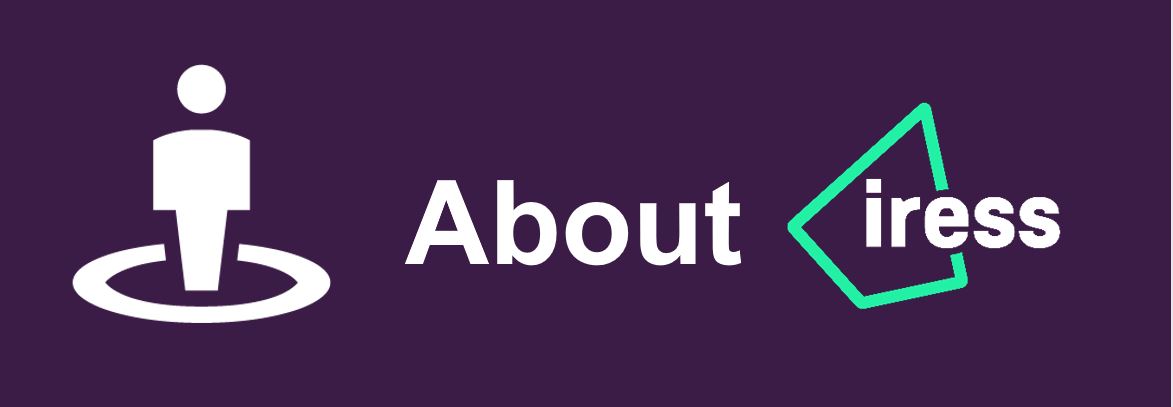Aged Care Reform
Written and accurate as at: Jul 08, 2013 Current Stats & Facts

When we were children, our parents spent a good deal of time taking care of us – and reminded some of us that one day, we would return the favour. It’s not something many people enjoy talking about, but Aged Care is becoming a more prevalent issue that we need to be thinking about – both from a financial and societal point of view.
Although advances in medical technology are helping people live longer and in general having a more fulfilling retirement, more people are making it into their senior years and need some form of living assistance. The type of assistance required is also changing, as retirees are showing a growing preference for remaining in their own homes. Part of this desire to stay may also be due to a relatively complex Residential Aged Care system. How you pay your fees and what fees you actually pay - depends on not only your assets, but what level of care you require.
Given the number of people over age 85 is expected to triple over the next 30 years, a simplification of the Aged Care system is needed. In response, the Government announced a review into the Aged Care system and in mid March 2013 introduced legislation to help simplify both Home Care services and residential aged care. The legislation passed through Parliament at the end of June, and the main changes come into effect for persons entering residential aged care from 1 July 2014.
The changes to the Home Care rules are also effective from 1 July 2014.
What’s Changed - Residential Aged Care
Aligning the Charges for High Level and Low Level Care
Entering a residential care facility has historically been complicated by the fact that Low Level care (also referred to as Hostels) required an Accommodation Bond, whilst High Level care (Nursing Homes) worked on a daily Accommodation Charge. Persons who moved between Low and High level care would have their Accommodation Bond repaid then be required to fund a regular expense. This could have Age Pension implications as the Accommodation Bond is not assessed by Centrelink in determining an Age Pension entitlement, but this concession is lost when moving to High Care (as the bond is no longer applicable).
The new rules simplify funding aged care costs by bringing in one charging system across all care needs. This system consists of four costs:
- Basic Daily Care Fee – as per the existing arrangements.
- A means-tested fee – replacing the existing income tested fee. The new fee will assess both assets and income.
- A Residential Payment – replacing the Accommodation Bond and Accommodation charge. All residential care facilities will be required to quote both an upfront lump sum, and a daily fee. The person entering care can then choose which option they would prefer, or even a combination of both.
- Extra Services Fee – as per the existing arrangements, an optional fee for additional services such as access to cable television, wine with meals etc.
Under the new legislation, if a Residential Payment is made with a lump sum, retention amounts will no longer be applicable. Previously a retention amount was a limited deduction the Aged Care provider was able to make from an Accommodation Bond which would then reduce the value of your bond once it was paid back.
Other changes introduced ensure that all lump sum bond amounts are now being guaranteed by the Government, should the Aged Care provider become bankrupt.
Annual and Lifetime Caps to Fees
A concession for residents who are required to pay a means tested fee is that an annual cap of $25,000 applies to this cost. Further, a lifetime limit of $60,000 applies where once residents have paid means-tested fees beyond this limit, no means tested fee is payable.
Changes to Extra-Service Arrangements
Extra Services were only available through approved facilities. The new reforms allow more providers to offer Extra Services packages, to which all residents will have the ability to “opt in” to these costed benefits.
It is also possible to negotiate the provision of additional services outside any packages with a Aged Care provider, however there is no requirement for the provider to agree to any conditions outside the norm.
What’s Changed – At Home Care
Restructuring of Assistance Packages
The existing Community Aged Care Packages and Extended Aged Care at Home Packages will be brought under the single banner of “Home Care”, which will offer four levels of care, based on the person’s needs.
Changes to Fees
Those who receive Home Care will be required to pay a basic daily fee, of 17.5% of the basic Age Pension rate. There is also an income tested fee (where assets are ignored) which reduces the Care Subsidy (increasing the cost of care through a fee). There is an annual limit of $5,000 where annual income is below $43,186, or $10,000 where income is greater. There is also a lifetime cap on income tested fees of $60,000.
Summary
Whilst the changes may provide some short term confusion and impact current strategies for reducing the cost of residential Aged Care, the introduction of caps on means tested fees, simplifying the payment of residential care fees and streamlining the Home Care services should provide for a simpler system going forward. If you require assistance working your way through these issues, we would encourage you to seek advice.
The granddad in this video might now be reviewing his options. Also, when there is a change in life such as this, it is wise to review estate plans - explore our Estate Planning learning module to learn more. If you are selling a house, you could use our Property Selling Cost Calculator.













